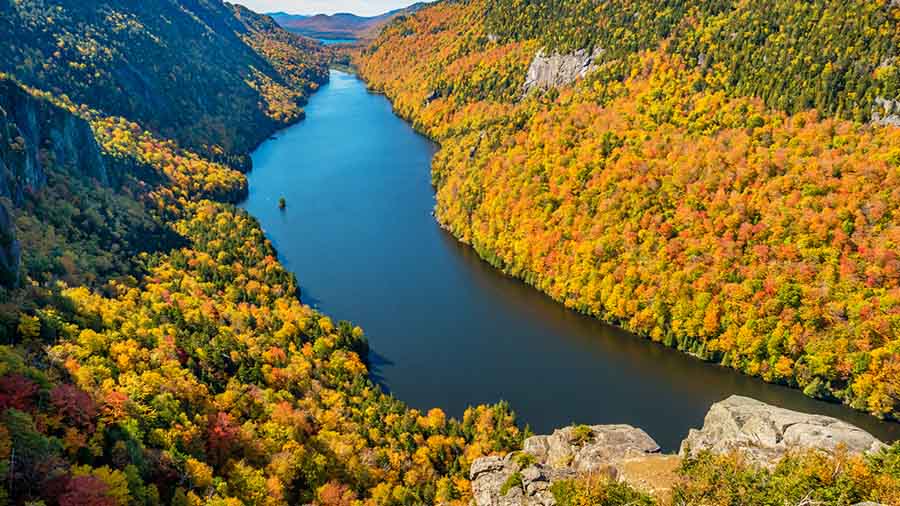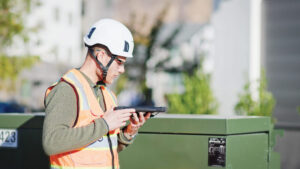Climate change profoundly affects animal and plant communities. During periods of warming or cooling, ecosystems near the geographic edge of their range experience the impacts first. For example, the ‘islands’ of spruce-fir forests atop the Smokey Mountains of North Carolina face such early effects. These ecosystems serve as a ‘canary in a coal mine,’ offering an early indication of larger-scale changes that may follow.
Similarly, the Boreal Wetlands of the Adirondack Park function as one of these early indicators. This vast array of bogs, fens, and other wetlands represents some of the southernmost examples of their kind in North America. As climate change progresses, scientists will likely observe its impacts there first. These observations may provide critical clues about the changes we can expect in plant and animal communities moving forward.
The Adirondack Park Agency (APA), in partnership with Paul Smith’s College and the SUNY College of Environmental Science and Forestry (ESF) secured funding from the Environmental Protection Agency to set up monitoring sites on over fifty Adirondack wetlands. Agency personnel, academics and citizen scientists will return to these sites year after year to document the bird, amphibian and plant populations and record environmental variables such as air and water temperature. With so many people involved in data collection, the task of assembling and managing the data becomes very difficult. In the past, efforts like this have involved lots of field forms, stamps, envelopes, spreadsheets and lots and lots of data entry on the back-end. We were able to come up with a much more elegant solution using Fulcrum.

Enter Fulcrum
I was contracted to create the database infrastructure for this project. The infrastructure includes a database backend, a mobile-friendly data entry form, and a public-facing website. Fulcrum seemed like the most logical choice for this purpose. It supports data entry for both Android and iOS users and provides an API for data sharing.
The project’s data structure required a complex Fulcrum form with three levels of nested repeatables. Observers use the form to record survey start and end times, wind speed, air temperature, and species observed. They also document plant phenophase such as vegetative, flowering, or fruiting, and capture photos and videos.
We conducted field testing with APA scientists and graduate students from ESF to ensure usability. After testing, we organized two training sessions for citizen scientists on using Fulcrum to collect data in the field. Each trainee received a login for ESF Professor Colin Beier’s Fulcrum account.
For the front-end (http://adirondackatlas.org/boreal_wetlands), I tweaked Bryan McBride’s fantastic bootleaf template to show all the wetland sites on a map, each with a popup showing past surveys and observations. The data for the points and popups pulls live from a Fulcrum Data Share endpoint, and a little AlaSQL.js magic helped parse out the repeatable data and pull it into the popups. We were concerned that some of the citizen scientists might not have mobile devices, or might not want to use them in the field, so I created a button on the popup which opens a modal with an embedded iframe of the Fulcrum edit page for that particular location. This enables data partners who have filled out paper field forms to enter the data directly into our Fulcrum database, saving the project staff a lot of time collecting data sheets and hand-entering the data themselves.
Results
This project has demonstrated Fulcrum’s utility in serving as the data infrastructure for widely-distributed citizen science projects. Using Fulcrum has drastically reduced the amount of work for the project managers while maintaining data integrity and facilitating widespread participation. The project also illuminated the data entry and management pitfalls involved with having multiple nested repeatables on a Fulcrum form… definitely doable but requires careful planning and user training.
Special thanks to Steve Signell and the Adirondack Park Agency for sharing their climate change project with our readers.




